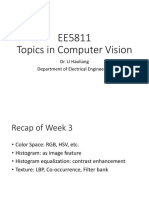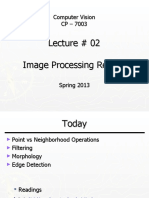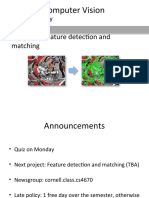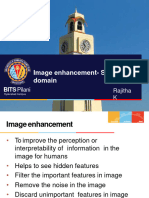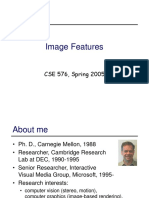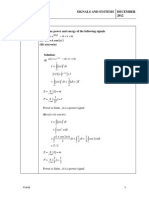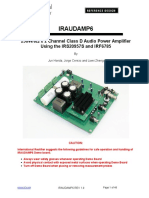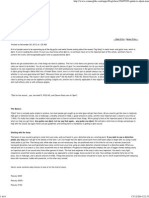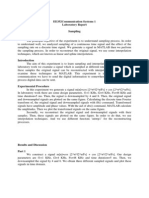0% found this document useful (0 votes)
8 views49 pagesCV Notes Midsem
The document outlines the fundamentals and techniques of computer vision, covering topics such as image digitization, low-level and mid-level vision techniques, and various filtering methods. It details important algorithms like Canny Edge Detection and Harris Corner Detector, emphasizing their applications in edge detection and feature extraction. Additionally, it compares different feature detection methods, highlighting their strengths and limitations.
Uploaded by
dojhvtqyqyxldalkqwCopyright
© © All Rights Reserved
We take content rights seriously. If you suspect this is your content, claim it here.
Available Formats
Download as PDF, TXT or read online on Scribd
0% found this document useful (0 votes)
8 views49 pagesCV Notes Midsem
The document outlines the fundamentals and techniques of computer vision, covering topics such as image digitization, low-level and mid-level vision techniques, and various filtering methods. It details important algorithms like Canny Edge Detection and Harris Corner Detector, emphasizing their applications in edge detection and feature extraction. Additionally, it compares different feature detection methods, highlighting their strengths and limitations.
Uploaded by
dojhvtqyqyxldalkqwCopyright
© © All Rights Reserved
We take content rights seriously. If you suspect this is your content, claim it here.
Available Formats
Download as PDF, TXT or read online on Scribd
/ 49
























